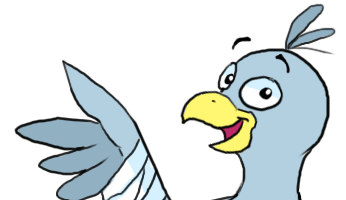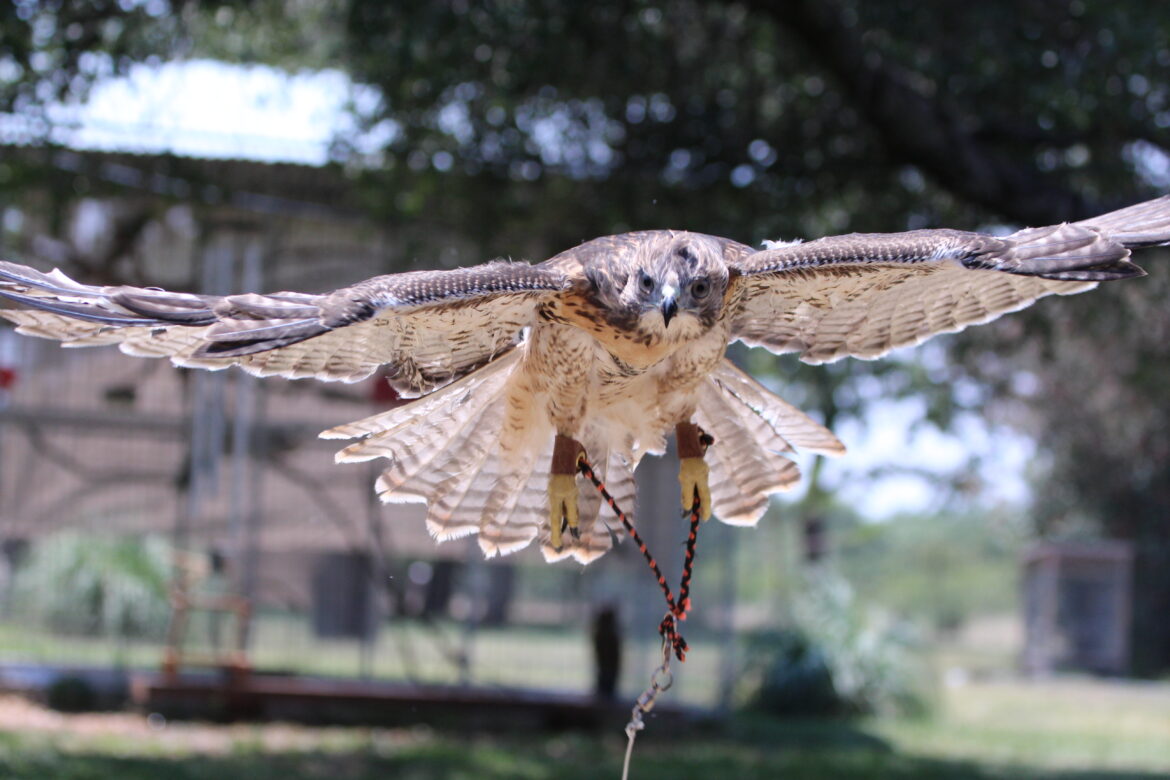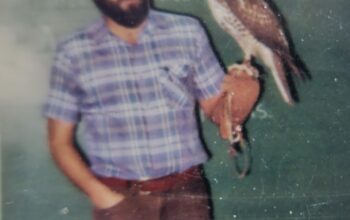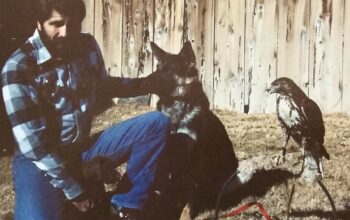Fallon Nevada is a fairly small town in northwest Nevada; although it is a small town, it is home to Naval Air Station Fallon, home of the Navy’s Top Gun Fighter School. This being the case there is a constant flow of CAG’s (Carrier Air Groups) coming through the area for their training. There is an Adversary Squadron permanently stationed here along the transient CAG’s. There is always a large number of fighter planes on base and stored in hangers. This is where the story really begins.
A local business had the pest control contract on base, and he was a friend of mine. He knew I had hawks with which I hunted. He was having problems with pigeons being in the hangars and pooping on fighter planes. It seems that when pigeon poop lands on windshields of the fighter planes it eats a grove in the window rendering it useless. The expense of replacement is very high and not an issue which can be tolerated. The pest control man was not allowed to use pellet or BB guns for fear of getting (FOD) Foreign Object or Debris, into the jet engines and causing malfunction or possible failure of the engine. Enter hunting hawk!
My friend called me one day and explained his problem. He asked if my hawk would hunt inside a hangar. I stated I had never had an opportunity to try him inside a building. We discussed it and determined we could give it a try and see what happened. We took the bird to the hangar and got up in the rafters on the catwalks. In our assessment there were approximately 30 to 40 pigeons there. I released the bird who initially had a difficult time trying to figure out how to set up his attack. He began by landing on rafters below the target bird and it was very difficult to mount an attack when he had to fly directly upward. During this time many of the pigeons escaped the hangar. We continued without much luck other than to scare the pigeons away. Over the next few days, we came back again and found there were about 11 pigeons in the hangar. Progress already! We released the bird and, on that trip he began by pulling feathers and eventually caught a total of 3 pigeons. He had figured out how to attack. The next time back he caught two more and caught both at the same time. This time we could not get him out of the rafters, so we required a man lift to reach the rafters and remove him and his two trophies. When we got him down, we took him to a stable where there were pigeons and released him again. He was not interested and would not take flight. He just walked on the ground. As I assessed his condition I determined we needed a vet to administer some glucose to him. He apparently had become hypoglycemic.
When the vet showed up, he was not a raptor specialist, so I was watching him very closely to assure he was proceeding correctly. Once we got the glucose in him, he was taken home, put in the muse and fed heavily to get him back to fighting weight. Within a couple of days, he was healthy and ready to hunt again. Lesson learned for me. Don’t over fly your bird. Not long after this incident I worked myself out of the pest control business. Pigeon numbers were way down.





